7 Ways in Which Push Notifications Are More Impactful Compared to Emails
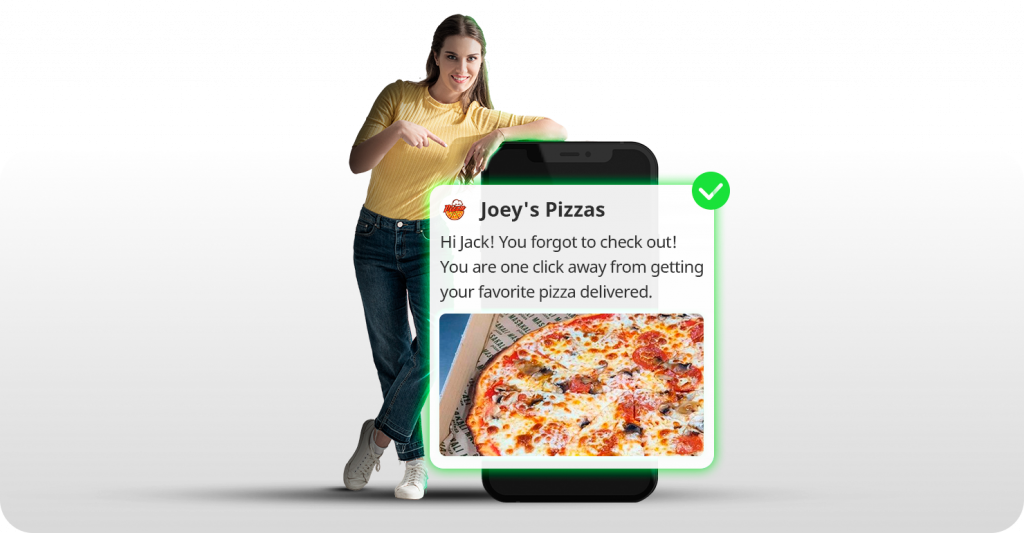
Email undoubtedly has been one of the oldest and most trusted channels when it comes to customer communication. Enterprises large and small have always relied on emails for both promotions as well as customer support. However, with the evolution of new customer communication tools like live chat, WhatsApp, etc., email, while still important, has lost some of its sheen and is no longer considered to be the default option when it comes to asking customers to take some action or providing them information in real time. Emails are sent around the world in overwhelming numbers (over 3 billion daily as per 2020 estimates). People don’t generally see much value in emails and have grown accustomed to ignore them. What’s more, many land in the SPAM, social, or promotional folders, never catching the customer’s eye.
Mobile push notifications have emerged as a highly viable alternative that can serve a variety of customer communication needs (promotions, reminders, updates, etc.) while ensuring they are delivered and at least glanced at by customers. While emails still have their place in a company’s overall marketing strategy, mobile push marketing messages have some obvious advantages over it and can make more of an impact.
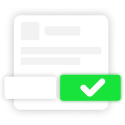
1) Easier to Secure User Permission
When users shop at a store, they are often asked for their email IDs by salespersons so they can be added to the customer database for future promotions. Customers sometimes provide fake email IDs or IDs which they don’t really use in order to avoid being spammed by businesses. This prevents businesses from reaching out to their customers and making sure their voice is heard. However, with mobile push notifications there is no chance of providing fake information as customers have already shared their numbers while downloading the app. They are easier to subscribe to — users just need to receive a single opt-in prompt and allow permission.
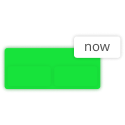
2) Delivered in Real Time
Emails are not the best option for urgent messages that need to be shared in real time. They often are delivered to SPAM folders, delivered in lag, or even not delivered at all. Push delivery is much quicker and comes with a greater guarantee of being delivered. They pop up on the user’s screen almost instantly after being sent and users almost always see them, even when they don’t engage with them. Using the push notification service is a better option for time-sensitive messages such as reminders, order delivery updates, fraud alerts, bank OTP transactions, and so on.

3) Quicker Turnover
Email messaging requires a lot of careful planning around the design, messaging etc. It is not very quick to execute. In comparison, mobile push marketing messages have a quicker turnover, they do not require a lot of effort in terms of designs and copy. So sending a higher frequency of push messaging (maybe once a day) is possible. Businesses can scale up push messaging more easily, which is very difficult to achieve with email. They can stay in touch with customers more closely via push than via emails, which are at best sent weekly or bi-weekly.
“The average open rate for emails is less than 2%, while push messages have an average open rate of 20%.”
Source: BusinessofApps

4) Better Visibility
Push messages are short and pop up right before the customer’s screen without the user having to even open the app. They have a lot more visibility and stand out more compared to emails. Push messages are crisp and come to the point very quickly so they stand a greater chance of being clicked through. They are a more direct, intimate form of communication compared to emails.
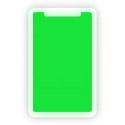
5) More Clearly Defined Next Steps
One of the drawbacks of emails are they often do not have a clearly defined next step the user needs to take — a clear path to nudge the user through the sales funnel, from discovery to purchase. Mobile push marketing messages easily achieve this in just a few steps, greatly increasing chances of conversions. They are always focused on a particular topic and are highly action-driven, for example, nudging a user toward a purchase and sharing the direct link to the product on the app. Such an action-oriented, specific message creates a shorter path to sales conversion that is not possible via emails.

6) Designed for Mobile
Emails were originally designed to be read on larger screens and not mobile phones. Due to this, they could look cluttered on the small screen — a real problem in today’s mobile-driven world. Push notifications were designed for the small screen from the start, so they are way easier to read on the small screen. This gives them a definite competitive edge over emails when it comes to reaching out to customers.

7) Geotargeting Possible
Push notifications can be sent to a particular customer segment based on their location. If customers are near the vicinity of a store, they can be sent a trigger message announcing an exclusive discount if they drop by and make a purchase at the store. Customers are more likely to make a purchase when they are approached at the right time in the right place. This makes them impactful and extremely effective as a marketing and revenue generating tool. This is an obvious advantage they have over emails.
Want to understand how to use push messages in tandem with other communication channels to get the best outcomes?
Talk to us today!
While the mobile push notification service has a very important place in a business’ customer communication strategy, email is still highly relevant as a channel. Push messages are more suitable for action-oriented messages that disappear in no time, while emails are more information-driven, and more suitable for communication that a user might want to have a saved copy of, such as an invoice, a travel ticket, a lab test result, and any message with an attachment. Businesses must make wise choices regarding which channel to use for which type of communication to get their most out of their communication strategy.

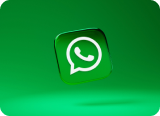


![[photo]](https://edna.io/wp-content/themes/edna/images/authors/odelia-jacob.jpg)
![[icon]](https://edna.io/wp-content/themes/edna/images/authors/ico-linkedin.svg)